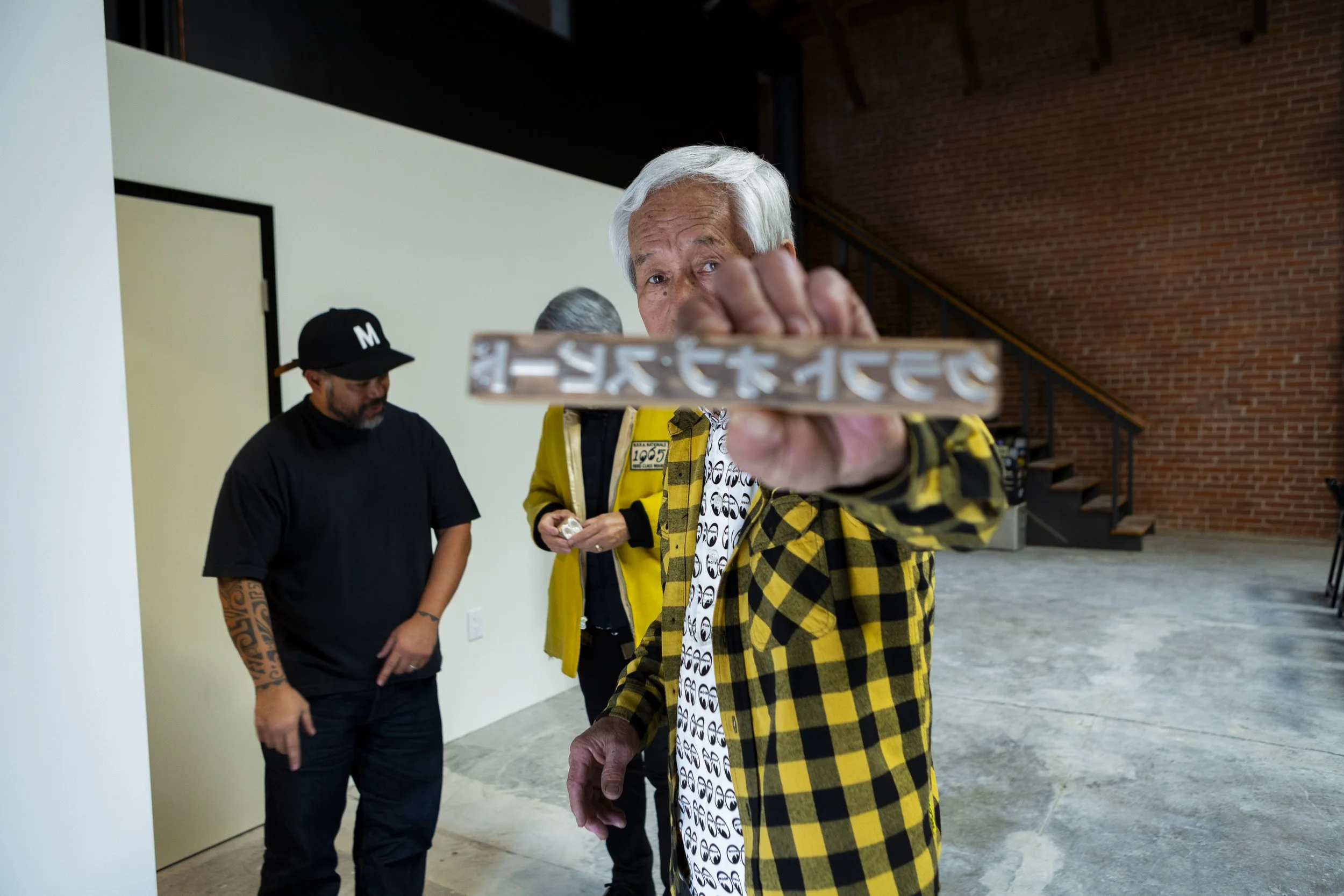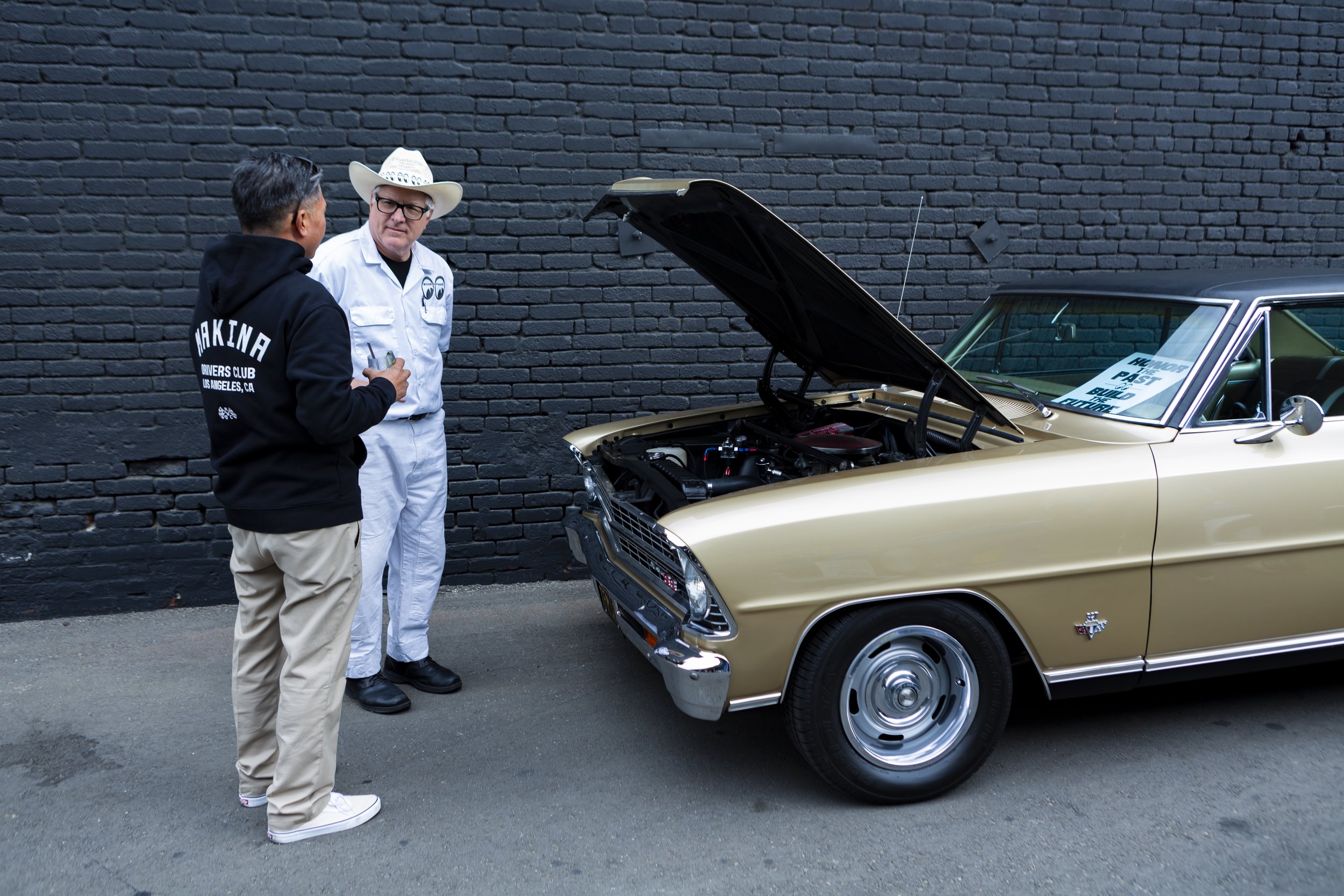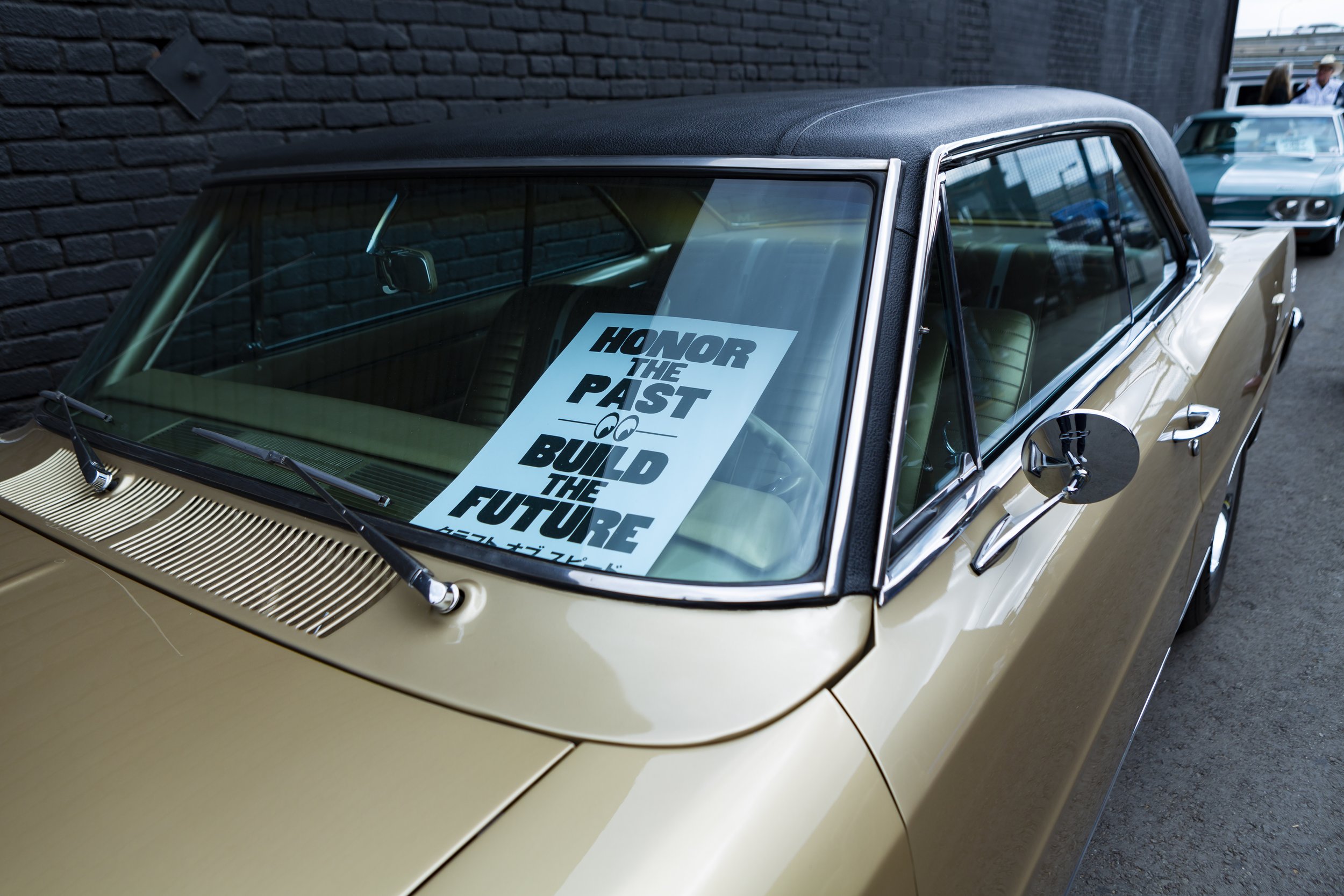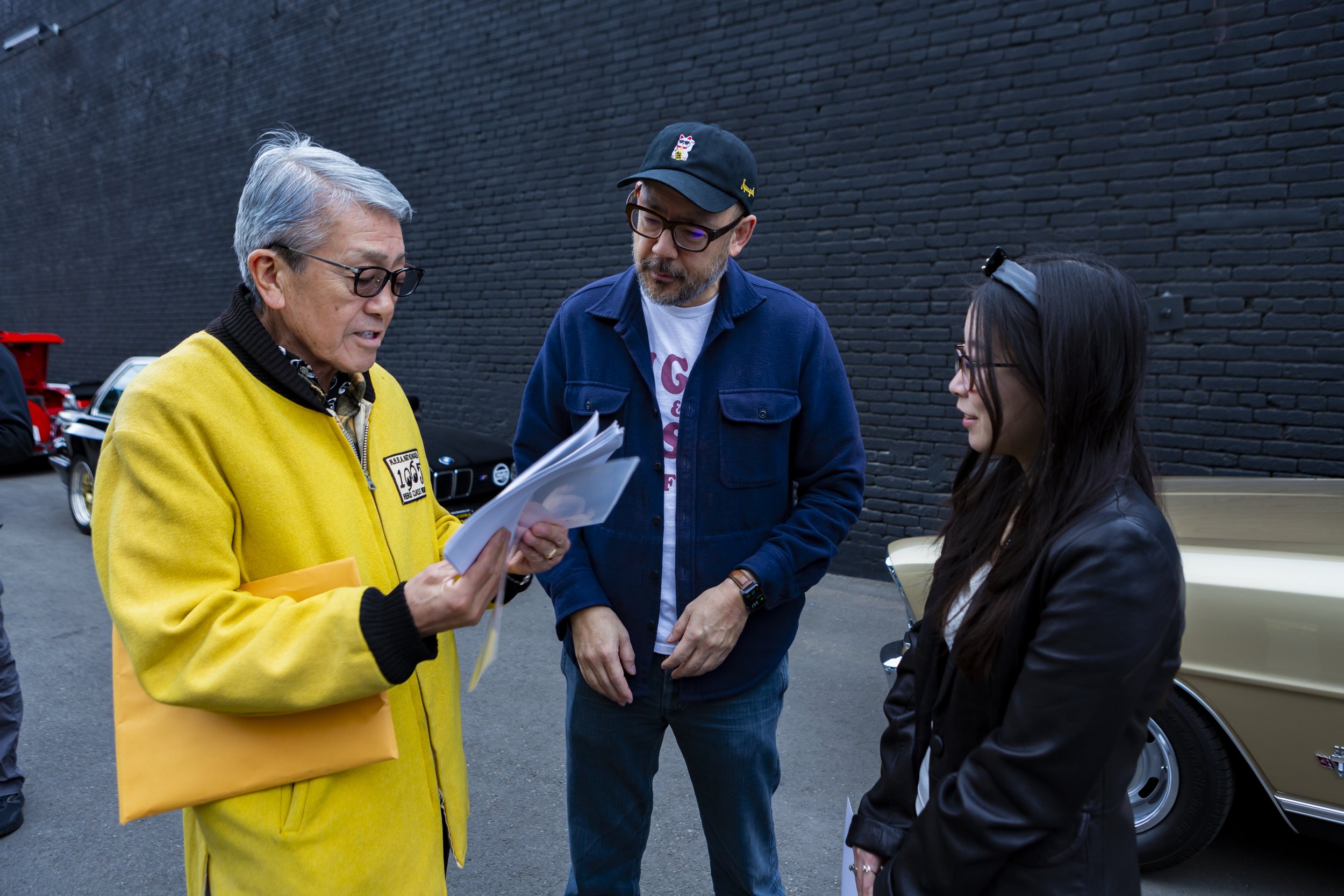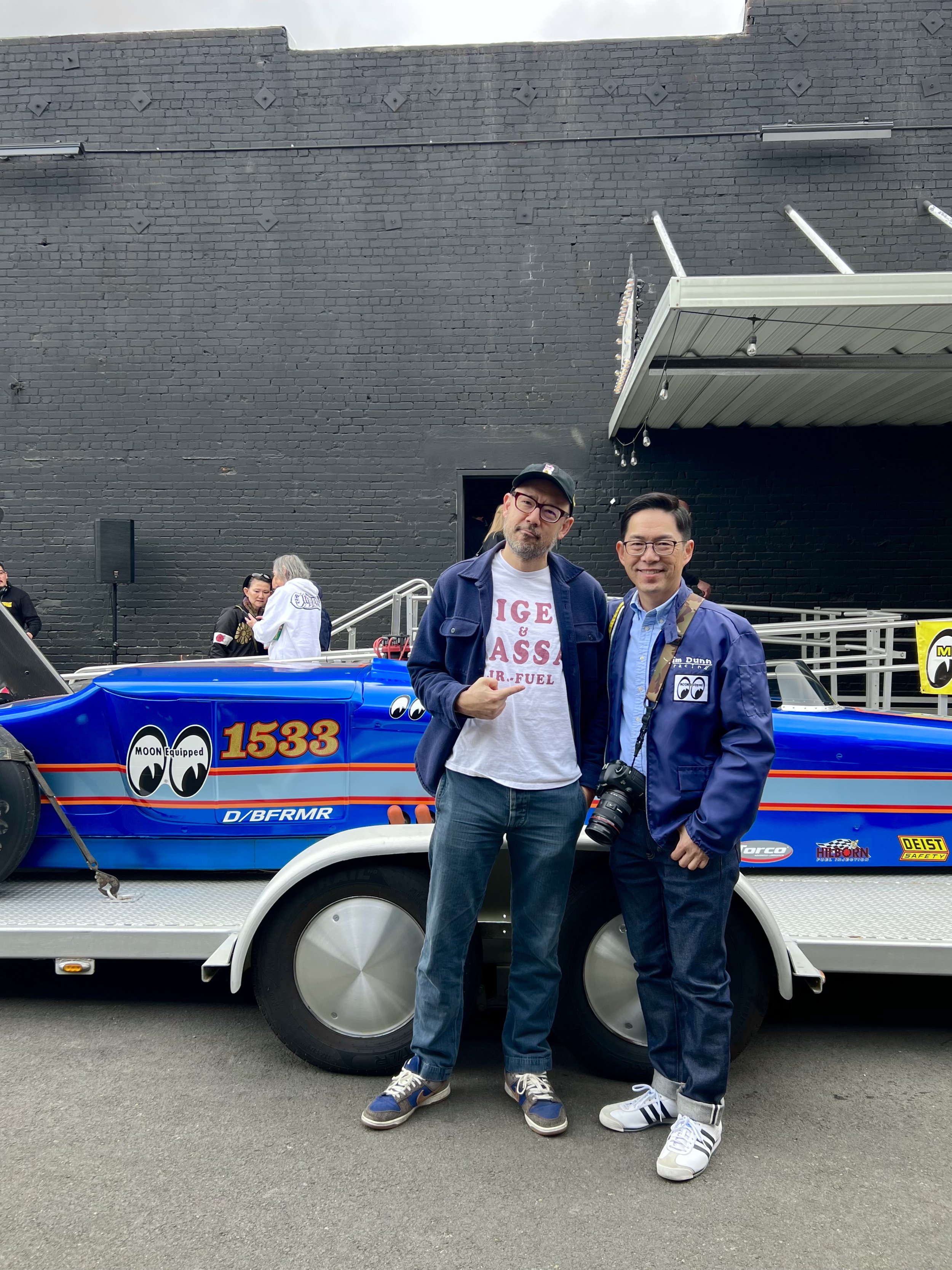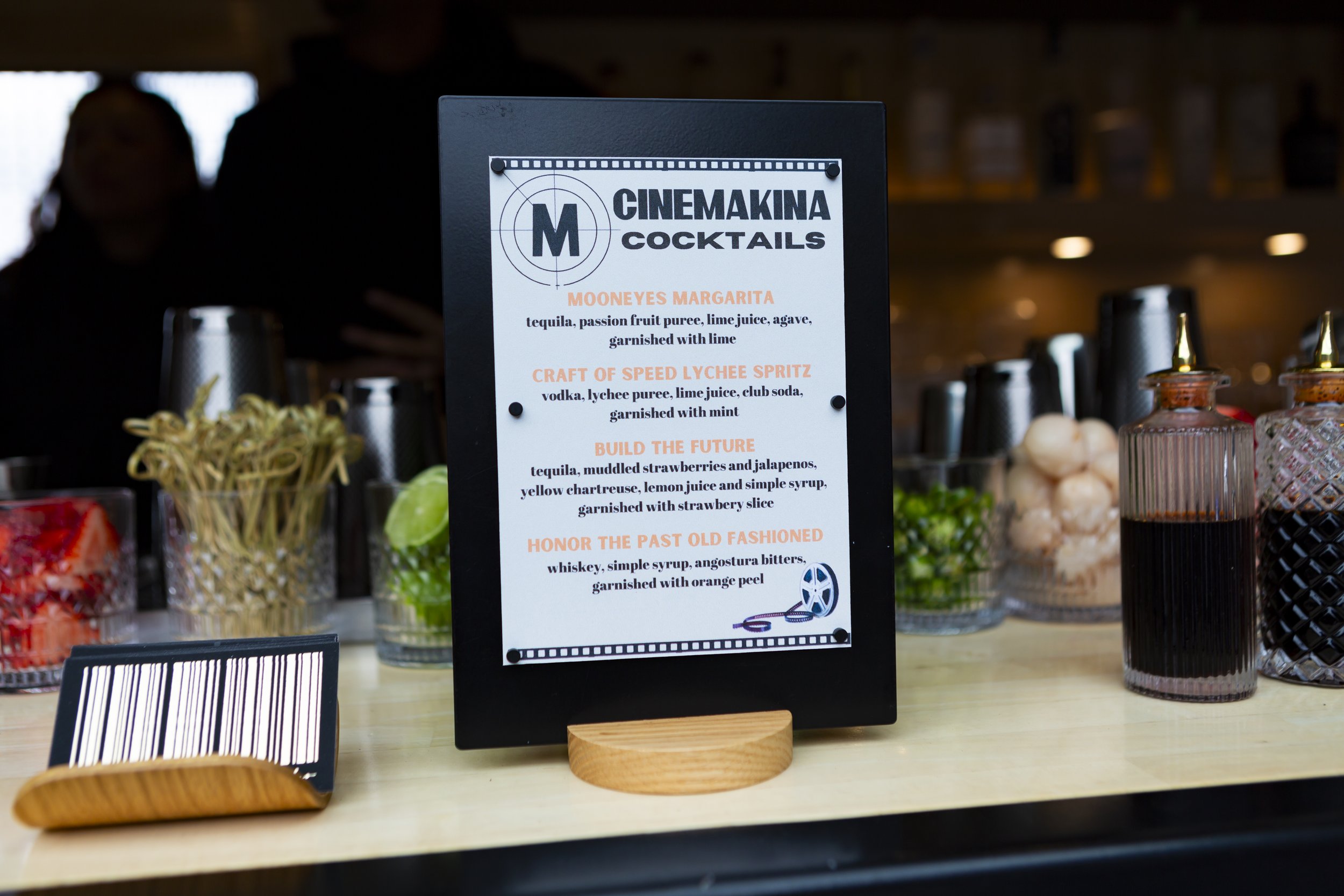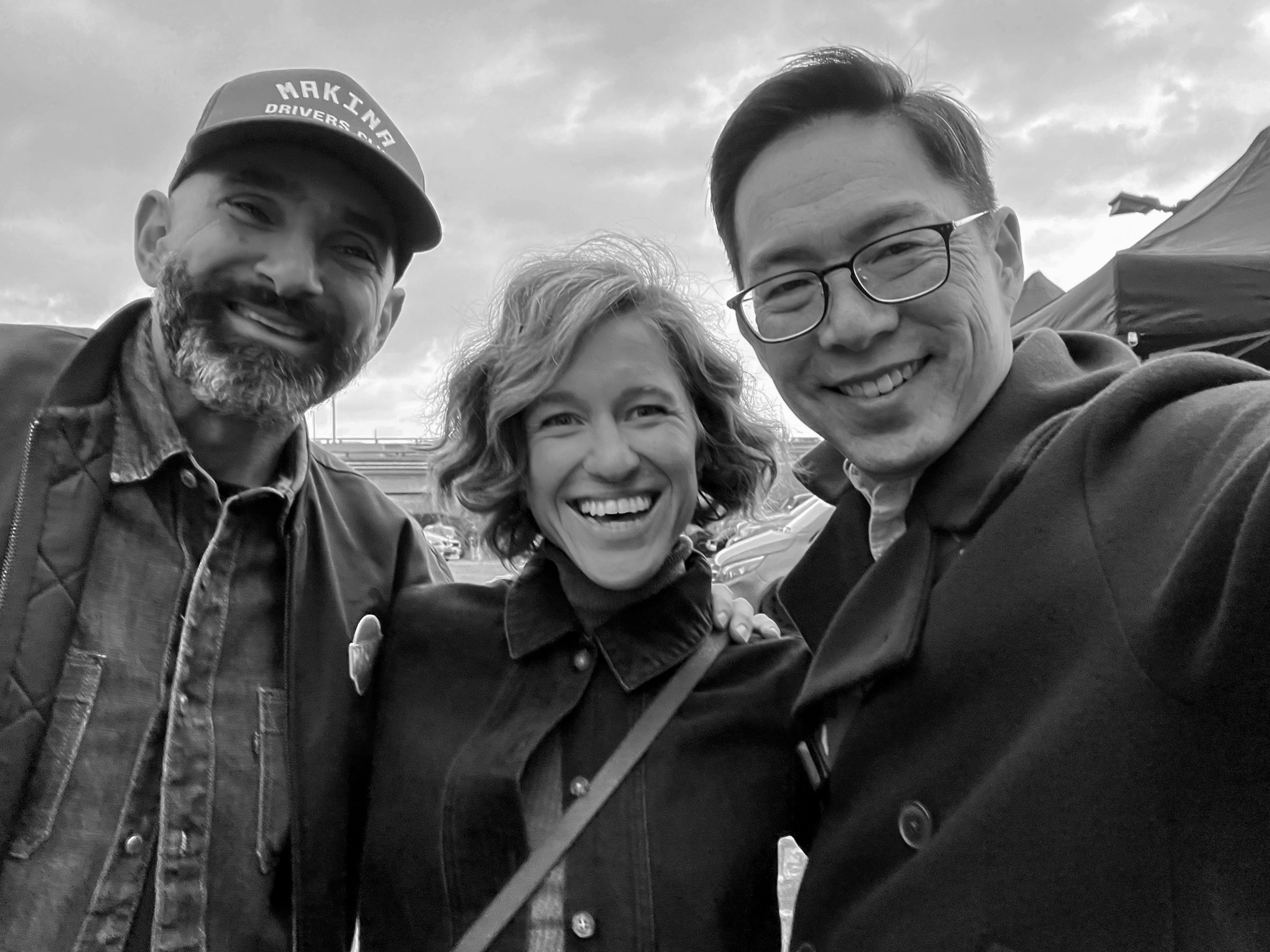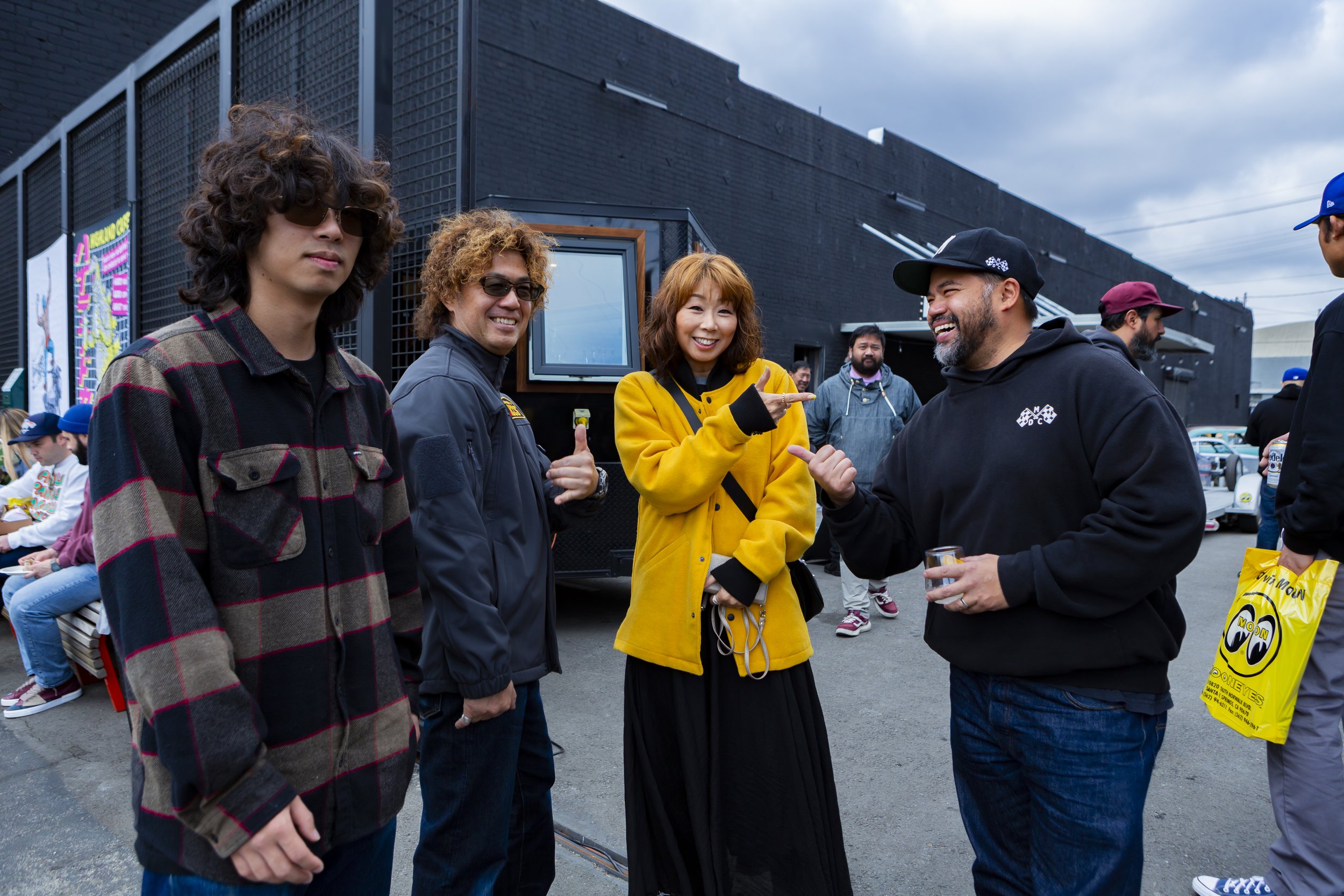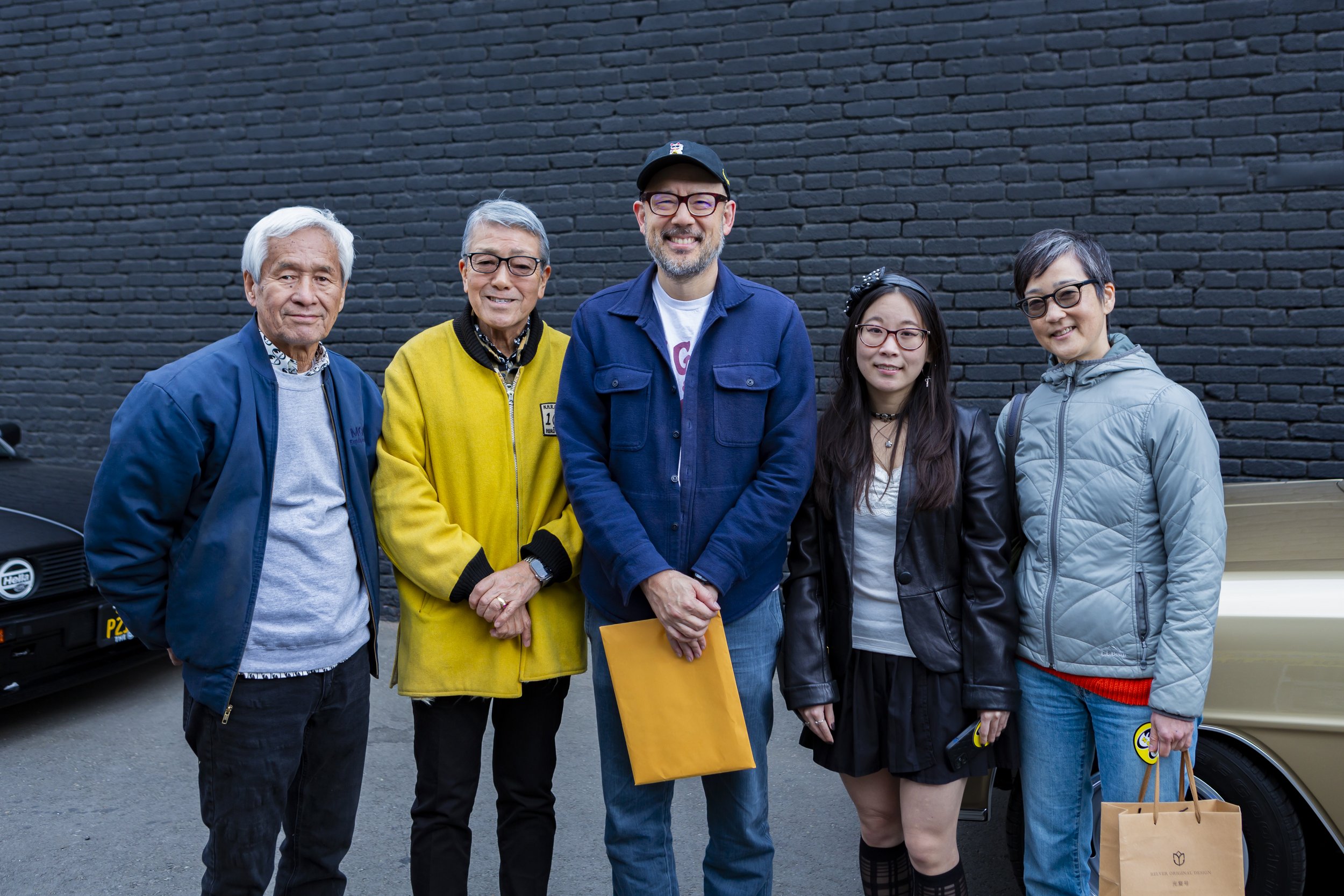Like independent filmmaking, independent film distribution is extremely tough. This is especially challenging with a niche feature documentary about hot rodding and car & motorcycle culture like our “Craft of Speed” MOONEYES Documentary. Many, if not most, independent films can’t find distributors. Even films that are selected and even awarded by the major film festivals can have a difficult time securing them.
Even if the independent films do find distributors, the deals that they receive are usually not profitable or even fair. More often than not, they're preyed upon by predatory distributors, who demand all of their rights as well as their profits in exchange for elusive distribution. Any earnings are buried in their high marketing costs. So independent filmmakers aren’t able to survive, much less thrive.
Independent filmmakers have thus resorted to independent distribution. Sometimes, they work with “aggregators," a type of intermediary to get their films into the major streaming companies. Lately, despite paying expensive fees, they still aren’t able to get their films into the streaming companies.
Currently, streaming companies, which are actually tech companies, are in a state of contraction, downsizing and not acquiring independent films. Independent filmmakers are therefore left with no place to release their films.
So what are independent filmmakers to do? How can they distribute their films? How can they make a living? How can they have a long-term sustainable career? One way is to do what filmmakers, especially independent ones, do best—be creative. As Specialized, one of the leading bicycle manufacturers, said in their classic tagline, “Innovate or die.”
To be more specific, independent filmmakers may have to go outside of the traditional film distribution system. They may have to reach out to their audiences directly. Luckily, no one knows their audiences better than them. This independent distribution strategy helps shift the power from the distributors and streaming companies, who are profit driven, to the filmmakers, who are creative driven.
This isn’t a new idea. It’s actually an old one. Starting in the 1950s until his retirement in 1988, Warren Miller, one of the first skiing, snowboarding, and action sports filmmakers, pioneered independent distribution by renting his own theaters, doing his own marketing, and hosting his own screenings. He connected with his own niche audience of skiers, snowboarders, action sports enthusiasts, and outdoor lovers directly. Ultimately, he lived to 93 and had a prolific career, producing, writing, and directing hundreds of successful films.
This direct-to-consumer distribution model involves audience building or, more generally, community building. When we decided to distribute our film independently, we were honored to work with leading automotive museums, renowned industrial design colleges, respected automotive publications, and rising car culture brands to reach the widespread automotive community.
For our latest cinema event, the CineMakina: MOONEYES Documentary Screening on Saturday, 3/1/2025 at 8th & Santa Fe in Los Angeles, California, we’re thrilled to collaborate with Nick Tolosa of Makina Drivers Club, Anthony Ngo of 8th & Santa Fe, and all of the featured speed shops, exhibiting photographers, celebrated food & beverage vendors, and other talented folks involved with the event. In addition to being good people, they're great at building a strong community. Imagine a rich cinema experience created by your community specifically for you.
To learn more about CineMakina:
https://www.craftofspeed.com/newsarchive/makina-drivers-club-x-humanist-films-present-cinemakina-craft-of-speed-mooneyes-documentary-screening-at-8th-amp-santa-fe
To buy tickets to CineMakina:
craftofspeed.eventive.org


